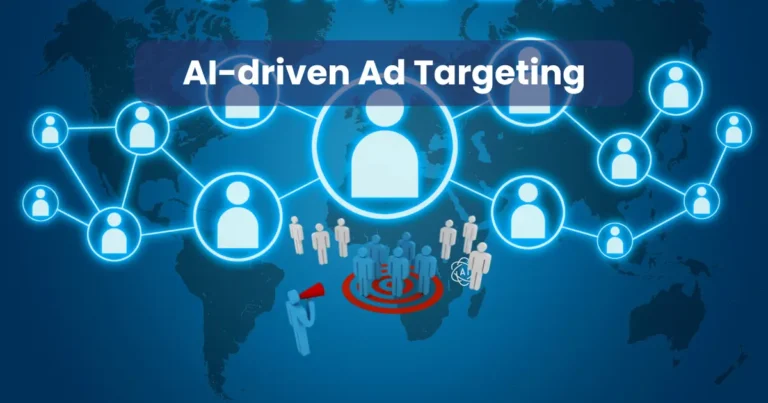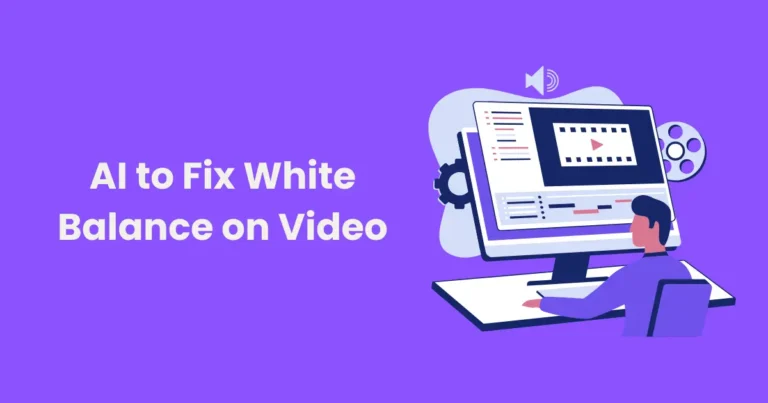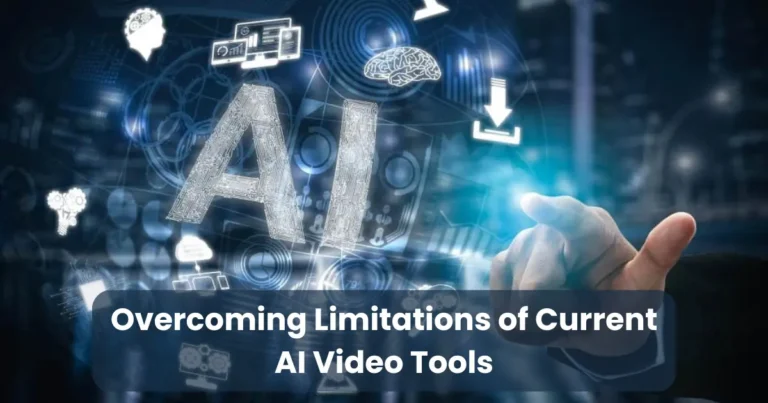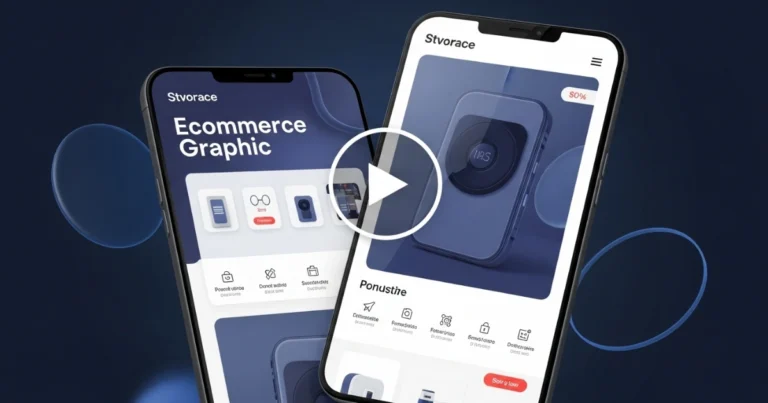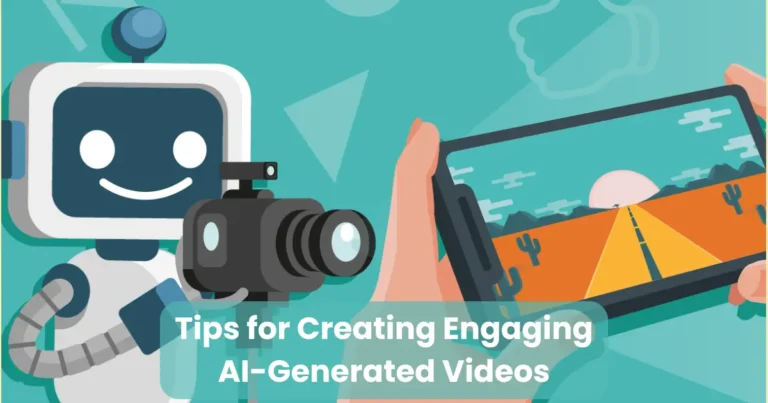Best AI Tools for Video Storytelling in 2025
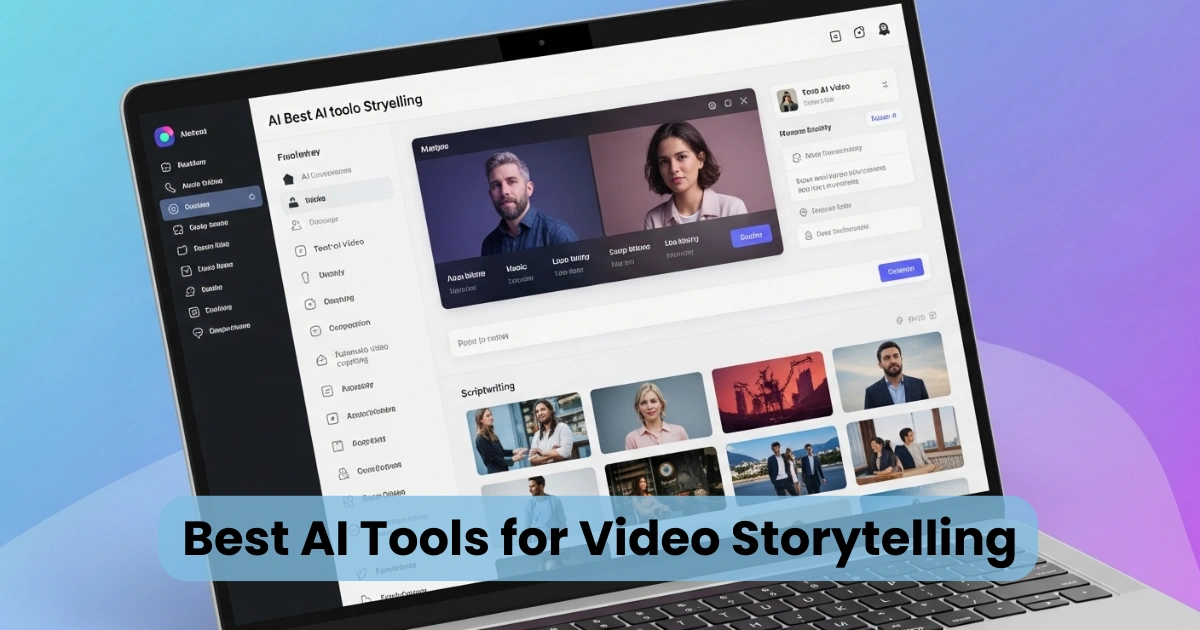
Contents
- 1 Why AI Tools Are Essential for Video Storytelling
- 2 Top AI Tools for Video Storytelling
- 2.1 1. Runway ML: AI-Powered Video Editing and Creation
- 2.2 2. Synthesia: AI Avatars for Engaging Narratives
- 2.3 3. Pika.art: AI Animation for Creative Storytelling
- 2.4 4. Descript: AI-Driven Audio and Video Editing
- 2.5 5. CapCut: AI-Powered Editing for Social Media
- 2.6 6. InVideo: Simplified Video Creation with AI
- 2.7 7. Opus Clip: AI for Short-Form Video Content
- 3 How to Choose the Best AI Tool for Video Storytelling
- 4 Tips for Maximizing AI Tools in Video Storytelling
- 5 The Future of AI in Video Storytelling
Video storytelling has become a cornerstone of digital content creation, captivating audiences across platforms like YouTube, TikTok, and Instagram. The best AI tools for video storytelling empower creators to produce professional-quality videos efficiently, even without advanced technical skills. These tools leverage artificial intelligence to streamline editing, enhance visuals, and craft compelling narratives, saving time and boosting creativity. As the demand for engaging video content grows, creators are turning to AI to simplify workflows and elevate production quality. In this article, we’ll explore the top AI tools for video storytelling in 2025, their key features, and how they can transform your content creation process.
Why AI Tools Are Essential for Video Storytelling
The rise of video content has transformed how brands, influencers, and creators connect with audiences. According to recent studies, video content drives 80% of internet traffic, and viewers retain 95% of a message when delivered through video compared to 10% via text. However, creating high-quality videos can be time-consuming and resource-intensive. This is where AI tools shine.
AI-powered platforms simplify complex tasks like editing, animation, and sound design. They analyze footage, suggest improvements, and automate repetitive processes, allowing creators to focus on storytelling. Additionally, these tools cater to various skill levels, making professional-grade video production accessible to beginners and experts alike. By integrating AI, creators can produce visually stunning, emotionally resonant videos that stand out in a crowded digital landscape.
Top AI Tools for Video Storytelling
Below, we dive into the best AI tools for video storytelling, highlighting their features, use cases, and benefits. Each tool has been selected based on its ability to enhance video production, user-friendliness, and alignment with current trends.

1. Runway ML: AI-Powered Video Editing and Creation
Runway ML is a game-changer for video storytelling, offering a suite of AI-driven tools for editing, generating, and enhancing videos. Its text-to-video feature, Gen-3, allows creators to craft scenes from simple prompts, making it ideal for storyboarding and conceptualizing narratives. For instance, you can input “a serene beach at sunset” and receive a visually striking clip in seconds.
Key Features:
- Text-to-Video Generation: Create video clips from text prompts, perfect for crafting unique story elements.
- AI Video Editing: Automatically remove backgrounds, enhance colors, and apply effects with minimal effort.
- Motion Tracking: Track objects or people in footage for seamless edits and animations.
- Collaboration Tools: Share projects with teams for real-time feedback and edits.
Use Case: Runway ML is perfect for filmmakers and marketers creating short-form content, such as promotional videos or social media reels. Its intuitive interface suits beginners, while advanced features like motion tracking appeal to professionals.
Why It Stands Out: Runway ML’s versatility and real-time AI processing make it one of the best AI tools for video storytelling, enabling creators to experiment with creative ideas quickly.
2. Synthesia: AI Avatars for Engaging Narratives
Synthesia specializes in creating AI avatars that deliver scripted content in a natural, human-like manner. This tool is ideal for producing explainer videos, tutorials, or corporate storytelling without hiring actors or filming live footage. With support for over 120 languages, Synthesia ensures global accessibility.
Key Features:
- AI Avatars: Choose from customizable avatars or create one based on your likeness.
- Text-to-Speech: Generate lifelike voiceovers from text, with adjustable tones and accents.
- Script-to-Video: Convert scripts into polished videos with automated lip-syncing.
- Branding Options: Add logos, colors, and fonts to align videos with your brand.
Use Case: Businesses and educators use Synthesia for training videos, product demos, and multilingual content. Its ability to create professional videos without a studio setup saves time and costs.
Why It Stands Out: Synthesia’s AI avatars and multilingual support make it a top choice for creators targeting diverse audiences, ensuring engaging and accessible storytelling.
3. Pika.art: AI Animation for Creative Storytelling
Pika.art excels in turning static ideas into dynamic animations, making it one of the best AI tools for video storytelling. Its AI-driven animation engine transforms text prompts or images into vibrant, animated videos, ideal for creators seeking unique visual styles.
Key Features:
- Text-to-Animation: Generate animated scenes from text descriptions.
- Image-to-Video: Convert static images into animated sequences for seamless storytelling.
- Style Customization: Apply artistic styles like cartoon, 3D, or watercolor to videos.
- Fast Rendering: Produce high-quality animations in minutes, not hours.
Use Case: Animators and content creators use Pika.art for music videos, short films, or social media content. Its ability to create animations from minimal input is perfect for brainstorming creative concepts.
Why It Stands Out: Pika.art’s focus on animation and artistic flexibility makes it a go-to tool for creators who want to add a unique flair to their video stories.
4. Descript: AI-Driven Audio and Video Editing
Descript combines AI-powered audio and video editing, making it a favorite among podcasters and video creators. Its text-based editing feature allows you to edit videos by modifying a transcript, simplifying the process of cutting, rearranging, or enhancing footage.
Key Features:
- Text-Based Editing: Edit videos by editing the transcript, like a Word document.
- Overdub: Create realistic AI voiceovers to replace or enhance audio.
- Automatic Filler Word Removal: Eliminate “ums” and “ahs” with a single click.
- Screen Recording: Capture and edit screen recordings for tutorials or demos.
Use Case: Descript is ideal for creators producing podcasts, tutorials, or vlogs. Its text-based editing is a time-saver for those who need to refine dialogue-heavy videos.
Why It Stands Out: Descript’s innovative approach to editing makes it one of the best AI tools for video storytelling, especially for content requiring precise audio-video synchronization.
5. CapCut: AI-Powered Editing for Social Media
CapCut, developed by ByteDance, is a versatile video editing tool with AI features tailored for social media storytelling. Its user-friendly interface and robust AI tools make it accessible to beginners while offering advanced options for experienced creators.
Key Features:
- Auto Captions: Generate accurate subtitles with customizable styles.
- AI Effects: Apply filters, transitions, and effects to enhance video aesthetics.
- Trend-Based Templates: Use pre-designed templates to create viral-ready content.
- Music Integration: Access a library of royalty-free music and sound effects.
Use Case: CapCut is perfect for TikTok, Instagram Reels, and YouTube Shorts creators who need quick, polished videos. Its templates and AI effects streamline the creation process.
Why It Stands Out: CapCut’s blend of simplicity and powerful AI features makes it a top choice for social media-focused video storytelling.
6. InVideo: Simplified Video Creation with AI
InVideo is an all-in-one platform that uses AI to simplify video creation, from ideation to final output. Its drag-and-drop interface and AI-driven suggestions make it easy to create professional videos without extensive editing skills.
Key Features:
- AI Script Generator: Create video scripts based on your topic or keywords.
- Template Library: Access thousands of customizable templates for various niches.
- Voiceover Automation: Generate AI-powered voiceovers or record your own.
- Stock Media Integration: Use royalty-free images, videos, and music from its library.
Use Case: InVideo is ideal for marketers and small businesses creating promotional videos, ads, or branded content. Its templates make it easy to produce consistent, high-quality videos.
Why It Stands Out: InVideo’s comprehensive feature set and ease of use make it one of the best AI tools for video storytelling, especially for those with limited budgets.
7. Opus Clip: AI for Short-Form Video Content
Opus Clip is designed for repurposing long-form videos into short, shareable clips optimized for social media. Its AI analyzes content to identify the most engaging moments, making it perfect for viral storytelling.
Key Features:
- Auto Clip Generation: Extract highlight clips from long videos automatically.
- AI Captions: Add dynamic subtitles to enhance accessibility and engagement.
- Trend Analysis: Identify trending topics and formats for social media.
- Branding Tools: Customize clips with logos, fonts, and colors.
Use Case: Content creators and marketers use Opus Clip to repurpose webinars, podcasts, or long-form videos into bite-sized clips for TikTok, YouTube Shorts, or Instagram.
Why It Stands Out: Opus Clip’s focus on short-form content and AI-driven clip selection makes it a must-have for social media storytelling.
How to Choose the Best AI Tool for Video Storytelling
With so many options, selecting the right AI tool depends on your specific needs. Here are key factors to consider:

- Purpose and Platform: Determine whether you’re creating long-form content for YouTube, short clips for TikTok, or corporate videos. Tools like CapCut excel for social media, while Runway ML suits cinematic projects.
- Skill Level: Beginners benefit from user-friendly tools like CapCut or InVideo, while professionals may prefer Runway ML or Descript for advanced features.
- Budget: Free tools like CapCut offer robust features, while premium options like Synthesia or Runway ML provide advanced capabilities for a cost.
- Features Needed: Identify must-have features, such as text-to-video, voiceovers, or animation, and choose a tool that aligns with your creative vision.
By aligning the tool’s capabilities with your goals, you can maximize efficiency and creativity in your video storytelling.
Tips for Maximizing AI Tools in Video Storytelling
To get the most out of the best AI tools for video storytelling, follow these tips:

- Define Your Story First: Outline your narrative before using AI tools. A clear story arc ensures the AI enhances your vision rather than dictating it.
- Leverage Templates and Prompts: Use pre-built templates or text prompts to streamline production, especially for social media content.
- Customize Outputs: Adjust AI-generated content to align with your brand’s voice, style, and tone for authenticity.
- Combine Tools for Best Results: Use multiple tools for different stages. For example, generate animations with Pika.art and edit with Descript for polished results.
- Test and Iterate: Experiment with different tools and settings to find what works best for your audience and content goals.
The Future of AI in Video Storytelling
As AI technology evolves, the best AI tools for video storytelling will become even more powerful. Emerging trends include real-time video generation, enhanced personalization, and integration with virtual reality (VR) and augmented reality (AR). These advancements will allow creators to craft immersive, interactive stories that resonate with audiences on a deeper level.

Moreover, AI tools will continue to democratize video production, enabling creators with limited resources to compete with big-budget studios. By staying updated on new features and platforms, you can maintain a competitive edge in the ever-evolving world of video content.
Conclusion
The best AI tools for video storytelling in 2025 empower creators to produce high-quality, engaging videos with ease. From Runway ML’s text-to-video magic to Synthesia’s AI avatars and CapCut’s social media-ready templates, these tools cater to diverse needs and skill levels. By leveraging AI, you can streamline workflows, enhance creativity, and connect with audiences like never before. Whether you’re a beginner or a seasoned filmmaker, these tools will transform your storytelling process, helping you craft compelling narratives that captivate and inspire. Start exploring these platforms today to elevate your video content and stay ahead in the digital landscape.

